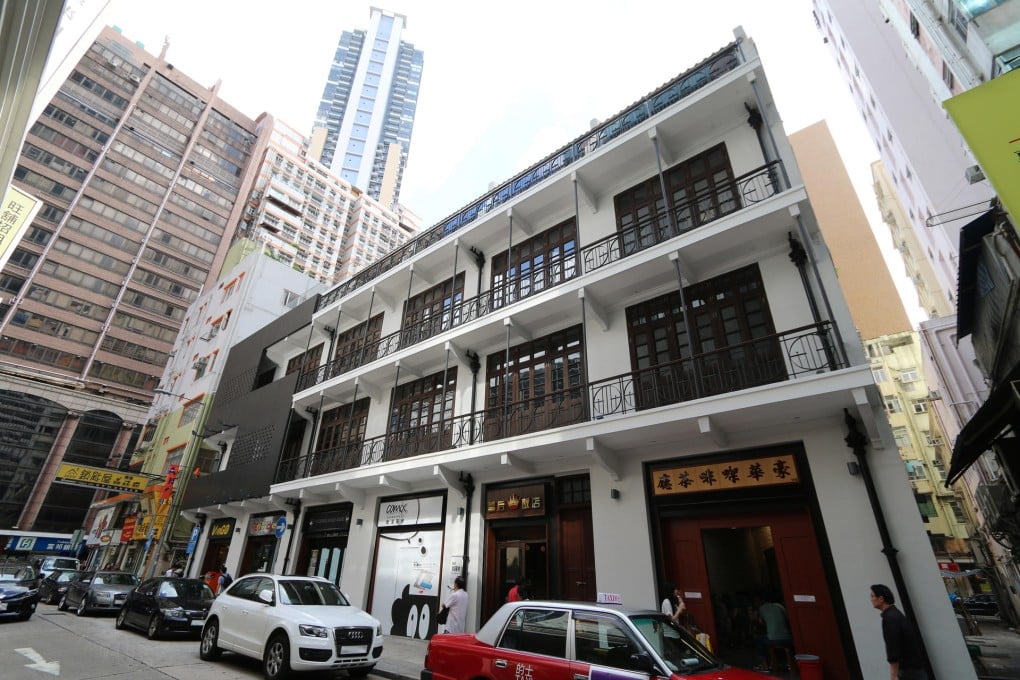Preserving what's left of Hong Kong's lost architecture
The tragedy of Hong Kong's "lost" architecture is that so many old buildings were demolished before anyone thought to save them.

The tragedy of Hong Kong's "lost" architecture is that so many old buildings were demolished before anyone thought to save them. In a curious stroke of good fortune, one of the few remaining examples of classic pre-war architecture, in one of the city's most expensive locations, survived because it was occupied by some of society's most disadvantaged people.
The 10 turn-of-the-20th-century Chinese shophouses in Wan Chai escaped redevelopment because, for many years, the cluster was a shelter for the homeless.
When the Urban Renewal Authority (URA) acquired the back-to-back Mallory Street/Burrows Street properties, a public consultation began that ensured their preservation as a community arts hub.
Known collectively as the Green House (although it's been returned to its original white) the name is a nod to the Grade 2 heritage listing, meaning it is under a preservation umbrella, like the Blue House on Stone Nullah Lane.
Hong Kong-based global architecture firm Aedas was tasked with revitalising the buildings and the project, completed in July last year , is earning high praise. Last month it won Medal of the Year Hong Kong - the highest honour - at the Hong Kong Institute of Architects annual awards, as well as a Special Architectural Award for heritage and adaptive re-use.
Project design director Edward Leung Yee-wah considers it remarkable how intact the original building was. "Prominent features - such as the iron balconies, tiled pitched roof, timber French doors and internal timber staircase - were retained, and were able to be preserved."
This was also one of the first examples of the integration of colonial construction into Chinese dwellings - as authenticated when paint, plaster and concrete were stripped away to reveal bricks and ironwork bearing the stamps of the British factories that had made them.
